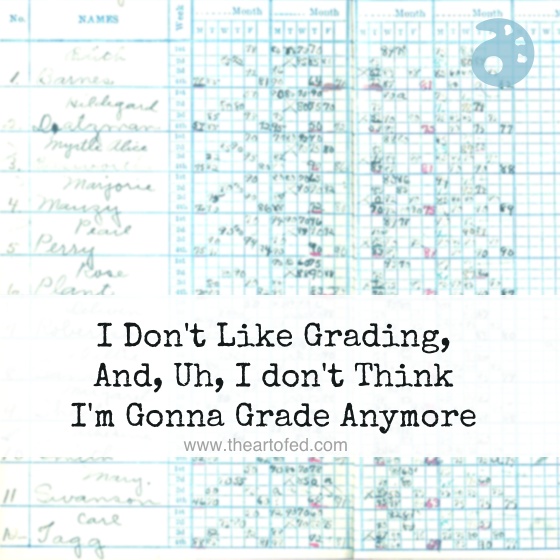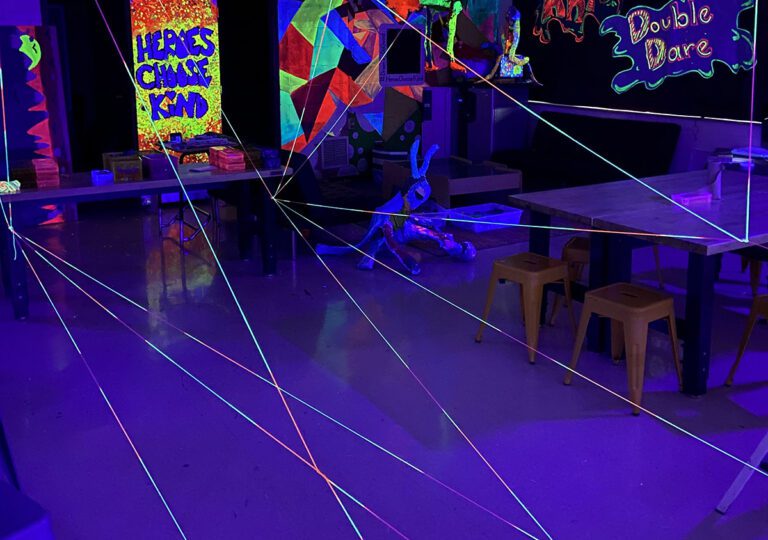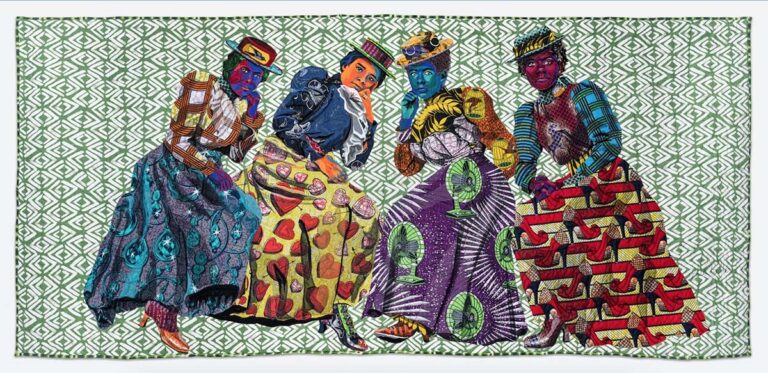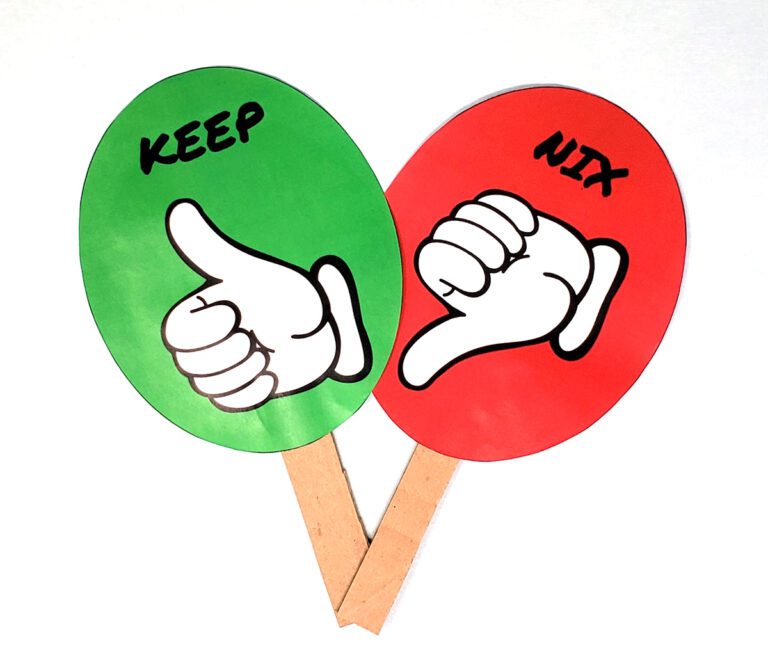There is a scene in the movie Office Space where the main character, Peter Gibbons (Ron Livingston) is on a first date with Joanna (Jennifer Aniston). Peter is accidentally stuck in a hypnotic state of relaxation. This is the dialog that follows when Joanna asks Peter about his job.
Peter Gibbons: I uh, I don’t like my job, and, uh, I don’t think I’m gonna go anymore.
Joanna: You’re just not gonna go?
Peter Gibbons: Yeah.
Joanna: Well, what are you going to do about money and bills and…
Peter Gibbons: You know, I’ve never really liked paying bills. I don’t think I’m gonna do that, either.
This scene resonates with me whenever I think about grading. I don’t like grading, and, uh, I don’t think I’m gonna do that anymore. In fact, I haven’t graded a project in over a year… but more on that later.
Last summer I read a blog post by Joe Bower about abolishing grading. I followed the post to Joe’s website where I discovered a plethora of articles about not grading. As I read through each article, I started to question my own grading practices. Why did I grade? Was my grading informative or restrictive? Was my grading punitive? I didn’t like my answers.
Like many art teachers, I was grading projects with rubrics. The rubrics helped my grading be less subjective, but what I didn’t realize was how restrictive they were. As an example, when teaching shading, my rubrics would give a top score to those students who used five values from light to dark. A student wanting an “A” would demonstrate the five values I requested. However, five is such an arbitrary number. Are there only five values? What if I didn’t put that restriction in place? Would the student have created more values?
The next question I considered was if grading was a good method for assessment. I listened to questions my students asked about their grades: “Mr. Sands, what grade did I get on this?” “How can I improve my grade?” “Why did you take points off here?” “If I don’t get at least a B in this class, my parents will kill me!” If the goal of my grading was to create a GPA, I was doing a great job. However, my goal was to teach art. I started to realize that grades had nothing to do with that.
Finally, I asked myself if I had used grades punitively. Had I ever given a grade because a student hadn’t done what I had said? Had I used grades to correct behavior? Or worse, to punish bad behavior? If I was being honest with myself, I had to admit that I had.
It was at this point I decided not to grade projects anymore. I would provide verbal and written feedback and would do individual and class critiques, but none of it would end alphanumerically.
The first project I gave after I eliminated the rubric was on linear perspective. One of my students asked how many vanishing points he could use. I explained that I could show him one, two and even three point perspective. He asked, “What about four?” He later went on to create a five point perspective drawing, an accomplishment that my old rubric would have never challenged him to create.
Since I was still required to give grades for report cards, I needed some way of quantifying a grade. I developed the “Snapshot Blog Post.” The students are asked to write two blog posts about the progress of their projects. Once, during the middle of the project and again at the completion. I ask them to answer specific questions and to post images of their work. I use the completion of the blog post as a means of grading. In essence, I no longer grade the project, I only grade that they blog about it.
My goal, and I believe the end result in this has been, that my students create art for the sake of creating. They strive to do better, not for a grade but because they want to improve the quality of their art.
Would you ever consider abolishing grading?
If you decided to do so, would your school district support you?
Magazine articles and podcasts are opinions of professional education contributors and do not necessarily represent the position of the Art of Education University (AOEU) or its academic offerings. Contributors use terms in the way they are most often talked about in the scope of their educational experiences.





